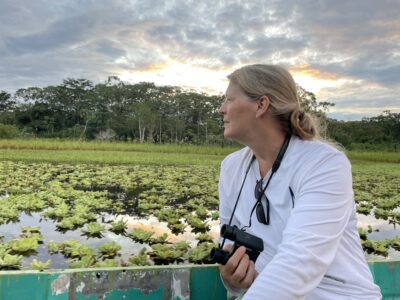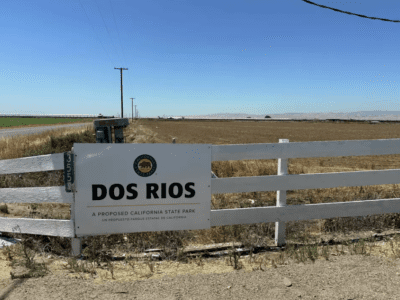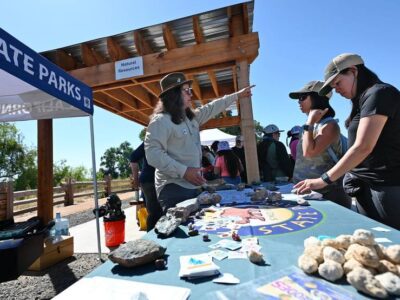The alarming decline in western monarch butterfly numbers – down 99.9% since the 1980s – has given it a deserved place in the national conversation about biodiversity loss. But the monarch’s plight may point to an even larger problem. Across California, the nation, and world, habitat loss and widespread pesticide use are threatening the well-being of other important pollinators, too. It’s clear we need an all-hands approach to the problem: farmers, government, conservation organizations, communities, and home gardeners working together to create pollinator-friendly habitat in as much of our state as possible.
In honor of National Pollinator Week, we asked Restoration Biologist Claire Pavelka how River Partners’ work – and the work of home gardeners – is creating resiliency not only for monarchs but for the many butterflies, native bees, and other pollinators that call California home.
There’s been a lot of talk about the plight of monarchs and honeybees. Should we also worry about other pollinators?
Claire: Monarchs and other well-studied pollinators like honeybees are flagship species. We assume that a lot of other insects are facing declines, too, but because we don’t study other insects as comprehensively as we study species like monarchs, we don’t know for sure. It is very likely that pressures like habitat loss and pesticide use are affecting other pollinators as well.
River Partners is already working with scientists and other conservation partners all over the state to reintroduce monarch habitat. It’s the largest coordinated effort in the western U.S. We know that climate change is disrupting their migration patterns – and that pesticides and habitat loss along their migration corridors is really contributing to their decline and putting them at risk of extinction. Restoring habitat in river corridors is going to be really helpful and getting as many people as possible on board to support monarchs is what’s really needed right now.
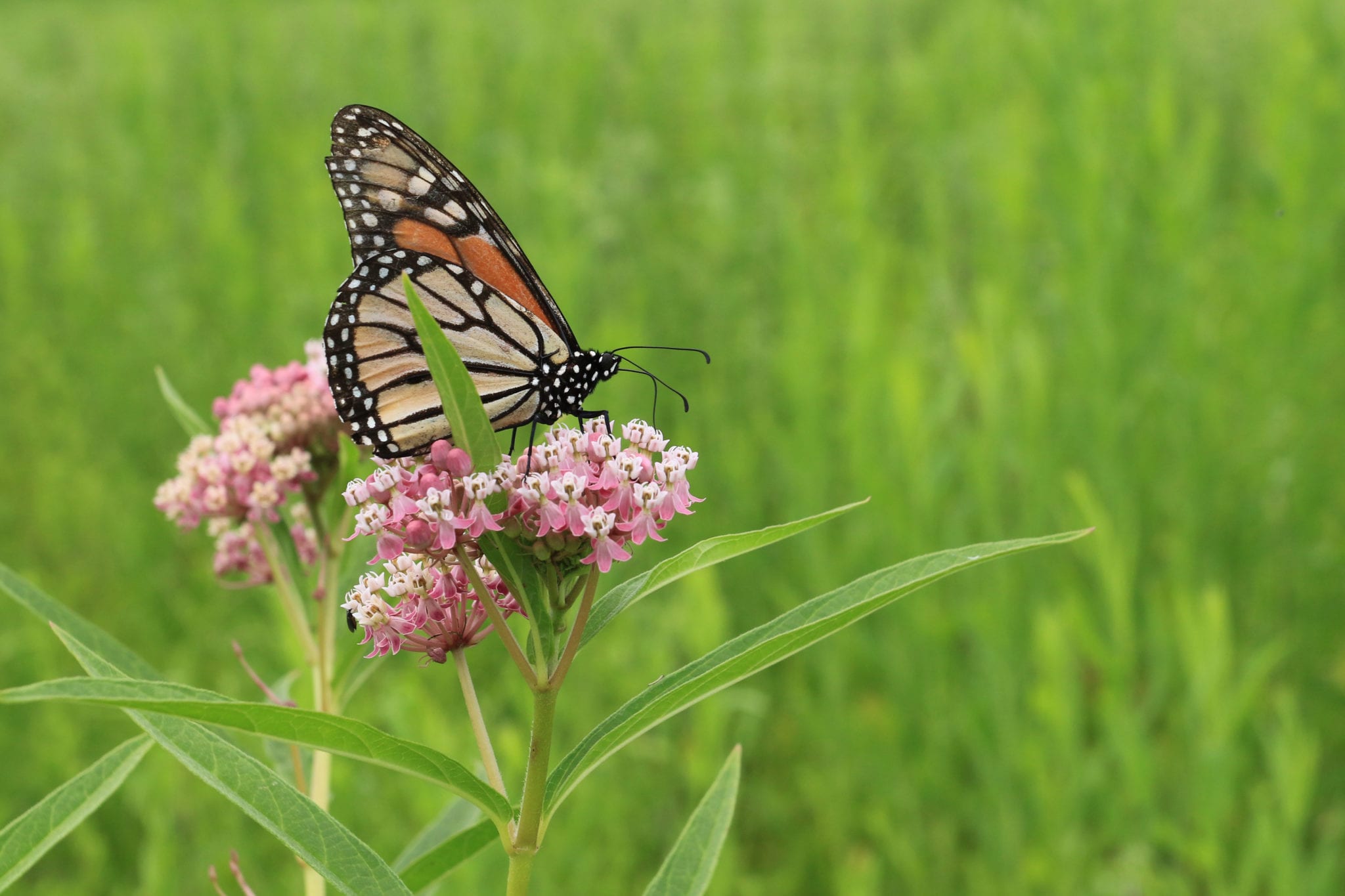
Our approach is two-pronged – we’re working with partners like the Xerces Society, California Department of Fish and Wildlife, Washington State University, and Great Valley Seed to plant close to 600 acres of milkweed, which is the plant monarch caterpillars need to survive. We’re also planting other monarch-friendly plants along rivers and streams in eight different California locations.
What does pollinator loss mean for an ecosystem?
Claire: Pollination is obviously important because that’s how a lot of plants reproduce and spread. Eighty percent of flowering plants need pollinators, and in California alone pollinated crops are worth approximately $12 billion on an annual basis. But another thing to consider is that insects are a critical food source for things higher up the food chain like birds, reptiles, and amphibians. So not having a lot of native insects around can really affect things at the ecosystem level.
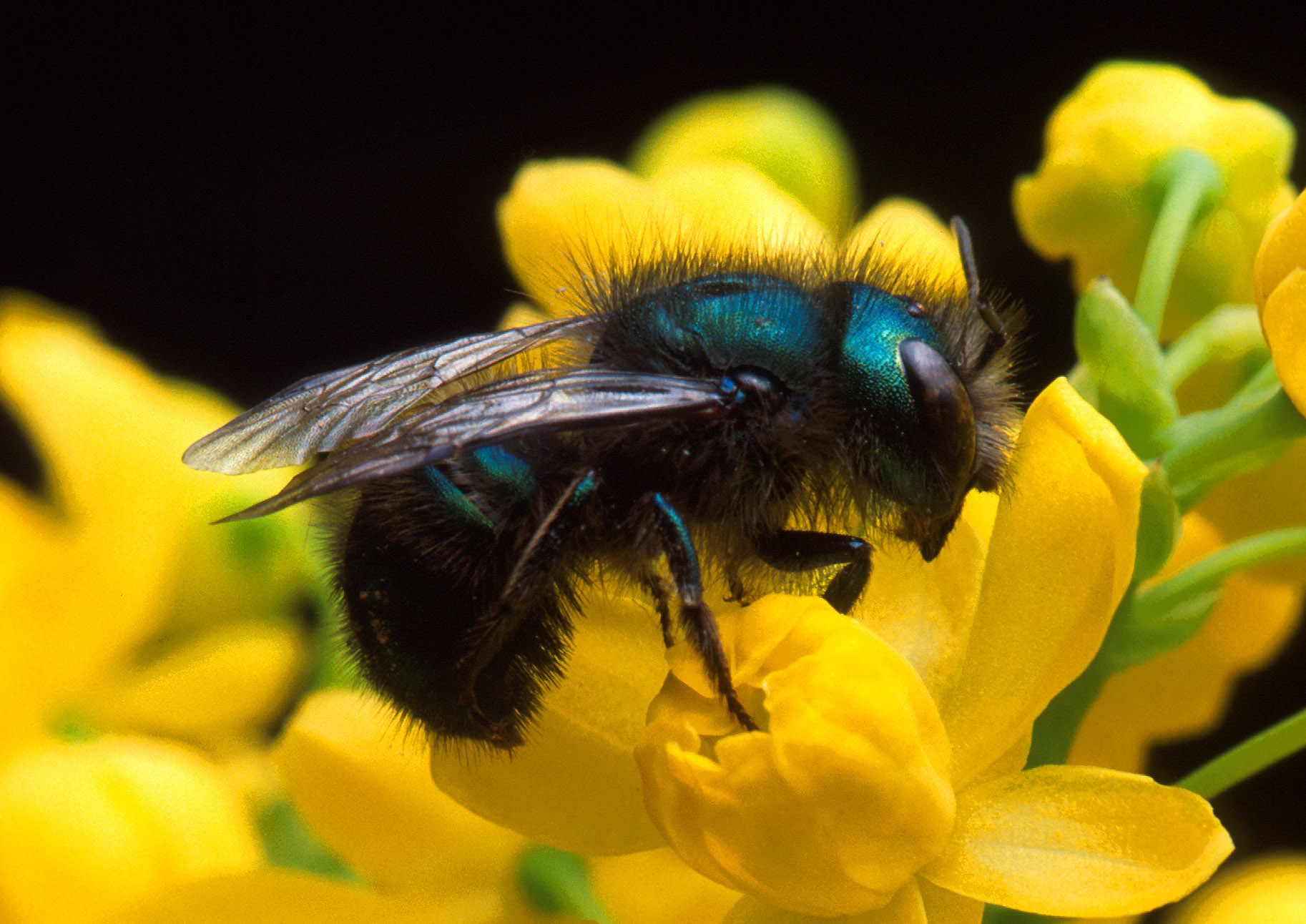
How does River Partners restore river landscapes in ways that benefit all pollinators?
Claire: Because we and our conservation partners are reintroducing monarch habitat at the largest coordinated scale in the West, we think a lot about monarchs when planting a site. At the Dos Rios Ranch Preserve, River Partners’ 2,100-acre restoration project near Modesto, we’ve already incorporated monarch-friendly flowers into our plant mixes that are beneficial for other pollinators, too. Within the plots we’re building for monarchs, there’s a lot of focus on milkweed. But monarchs and other pollinators also need a consistent source of nectar. The monarch plots are designed to have plants flowering for almost the entire year, so specific plants were selected based on the times they flower. And having all those plants flowering throughout the year is a really great thing for all pollinators.
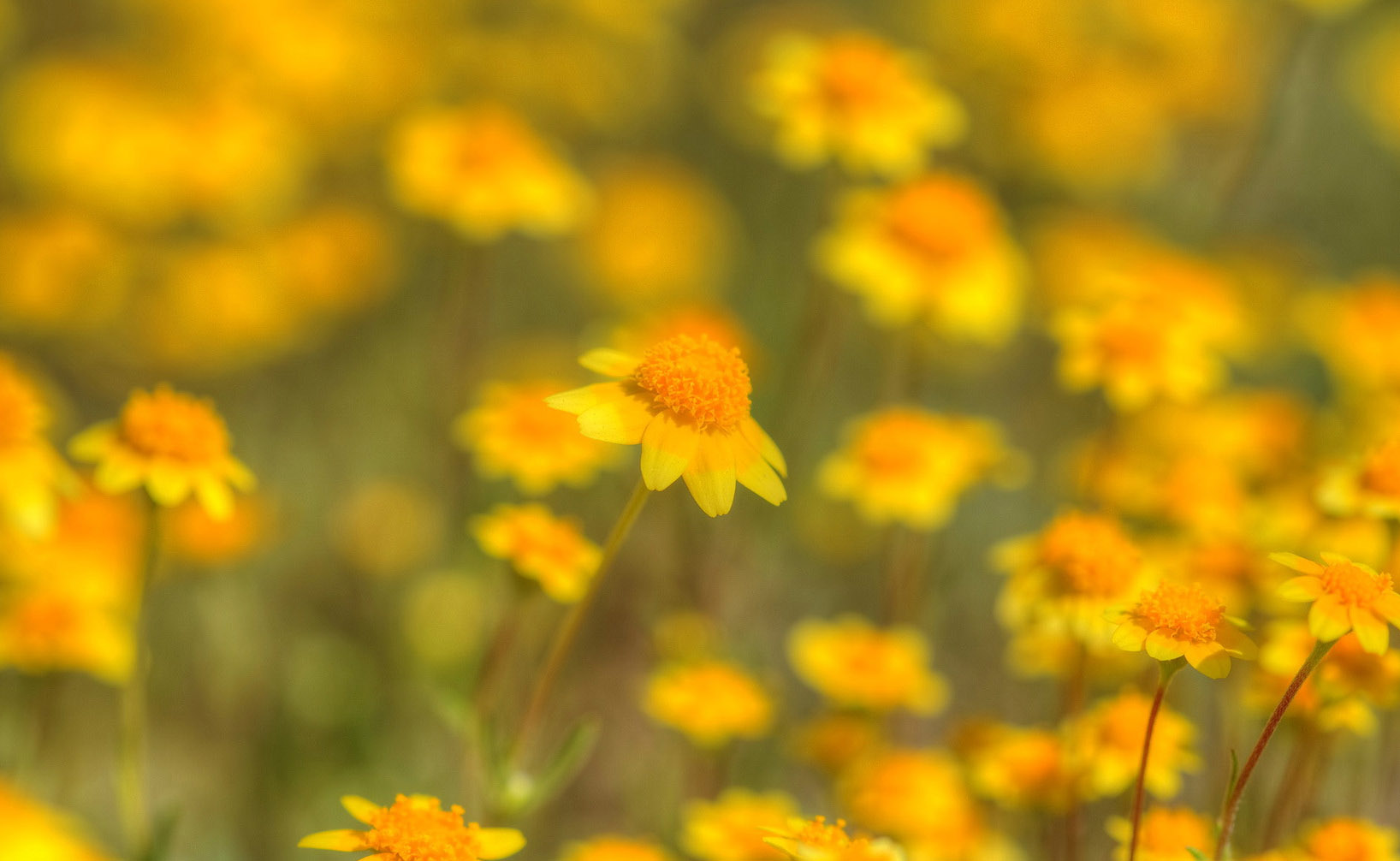
What can home gardeners do to help pollinators?
Claire: Different pollinators have different lifecycles and different times of the year they need nectar. It’s also important to have a wide variety of plants that are flowering at different times. Native plants are always a better way to go than some of the ornamental plants that look pretty but might not be as nourishing. Ornamental plants are bred for human enjoyment, and sometimes the way they’re bred reduces the amount of nectar they produce because more plant energy goes into making the flowers look pretty.
With native plants that’s not the case as much because native plants haven’t been bred to be ornamental. They’ve been selected over time by insects and pollinated based on things like how much nectar they have. And, despite perceptions, there are actually a lot of native plants that are really beautiful.
I urge home gardeners interested in planting milkweed and other pollinator-friendly flowers in their yards to check out the great resources offered by our friends at the Xerces Society, including their milkweed seed finder, community science projects, and variety of informative publications.
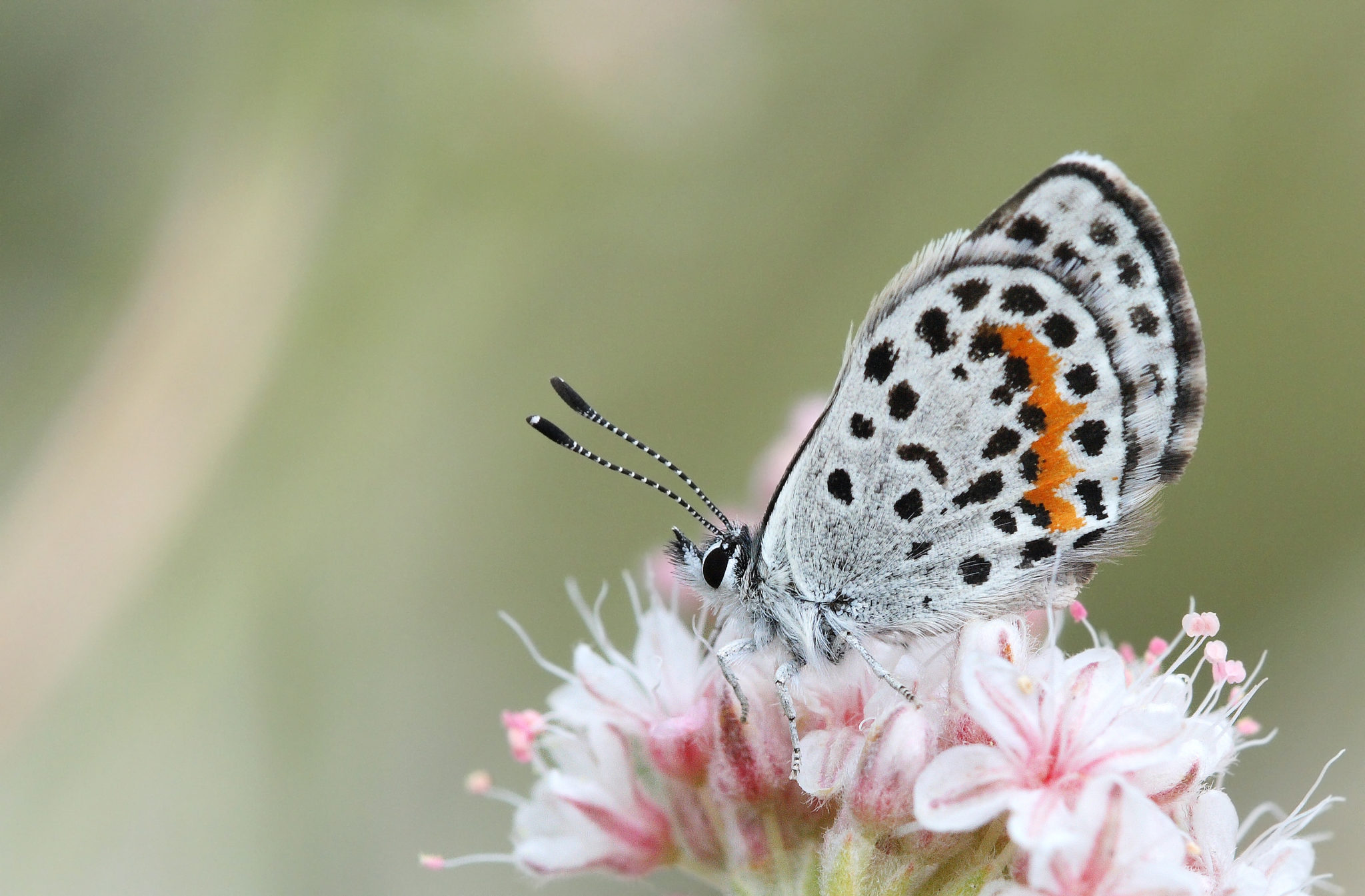
Can home gardens really make a difference for pollinators?
Claire: River Partners restores thousands of riverside acres statewide each year, and we include pollinator-friendly plants in every restoration plan. We work with large landowners in strategic regions of the state so we can restore habitat critically important to helping monarchs and other pollinators not just survive, but thrive. But think about how much greater the impact people could have if everyone transitioned half of their home gardens to pollinator-friendly plants. It may not seem like a lot if you’re planting on a small scale. But, if you get your neighbors together, or a few people in your community, the teamwork can make a big difference.
Header photo by Photo by Jon Avery/USFWS.


